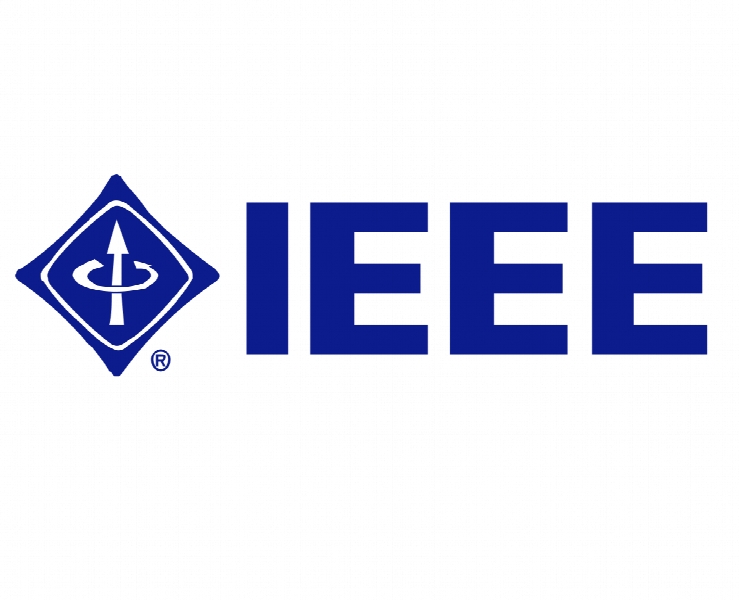اینترنت اشیا براساس میکروسرویس برای ساختمان های هوشمند Microservice-based IoT for Smart Buildings
- نوع فایل : کتاب
- زبان : انگلیسی
- ناشر : IEEE
- چاپ و سال / کشور: 2018
توضیحات
رشته های مرتبط مهندسی فناوری اطلاعات
گرایش های مرتبط اینترنت و شبکه های گسترده، سامانه های شبکه ای، شبکه های کامپیوتری
مجله سی و یکمین کنفرانس بین المللی طراحی vlsi شبکه اطلاعات پیشرفته و کارگاه های کاربردی
دانشگاه Innopolis University – Russia
منتشر شده در نشریه IEEE
گرایش های مرتبط اینترنت و شبکه های گسترده، سامانه های شبکه ای، شبکه های کامپیوتری
مجله سی و یکمین کنفرانس بین المللی طراحی vlsi شبکه اطلاعات پیشرفته و کارگاه های کاربردی
دانشگاه Innopolis University – Russia
منتشر شده در نشریه IEEE
Description
I. Introduction The Internet of Things (IoT), as per the ITU Recommendation ITU-T Y.2060 [2], has been defined as: “a global infrastructure for the information society, enabling advanced services by interconnecting (physical and virtual) things based on existing and evolving interoperable information and communication technologies.” Among physical objects, buildings are playing a major role in this technological transition. Building function either as human habitats, for example domestic buildings, or for some specialized goals, for example storehouses, shops, industrial buildings, or schools. In some cases they can have both functions. There are multiple aspects about the operations of modernday buildings that will lead to future automation and optimization. It has been shown that the benefits of an improved energy management through automation are indeed significant [32]; also, security of buildings, human-friendliness and adaptation to preferences has a vast spectrum of improvement. Smart buildings, as well as smart cities that are supposed to contain them, are the target of much research today, and promise to dramatically improve our lives increasing sustainability and improving the environment. Traditionally, most building automation systems were made for specific applications and offered a few properties of openness and flexibility. However, with the fast maturation of a number of supporting technologies, the opportunity to change this status quo is rapidly growing. First, cheap sensing and perception technologies have become available for a wide range of examples: covering not only physical properties of the building and its spaces, such as temperature, light, and humidity, but also providing information about the presence, number, identities, activities, and even emotional states of the people inside a building or in its surrounding spaces [17].


